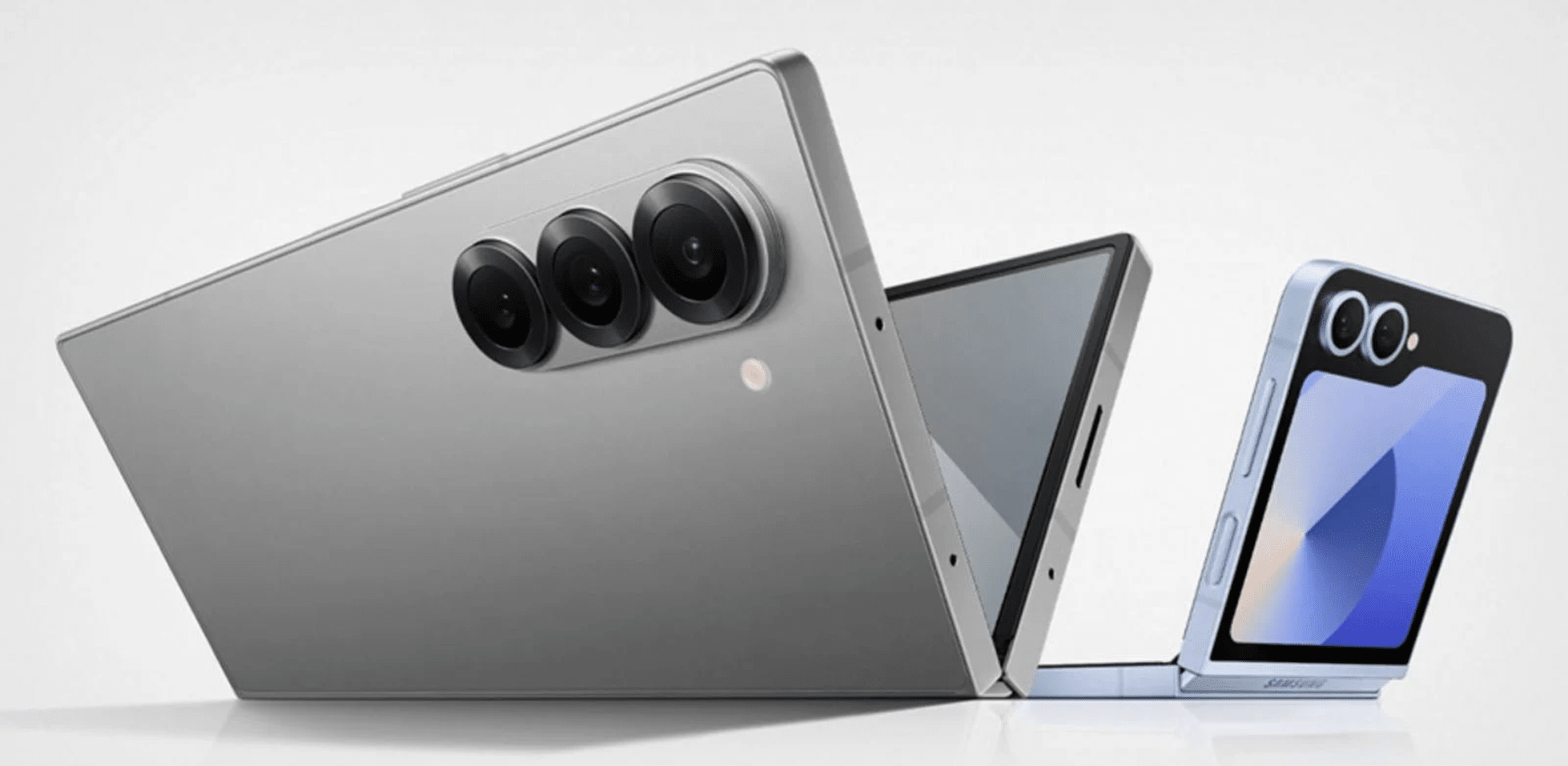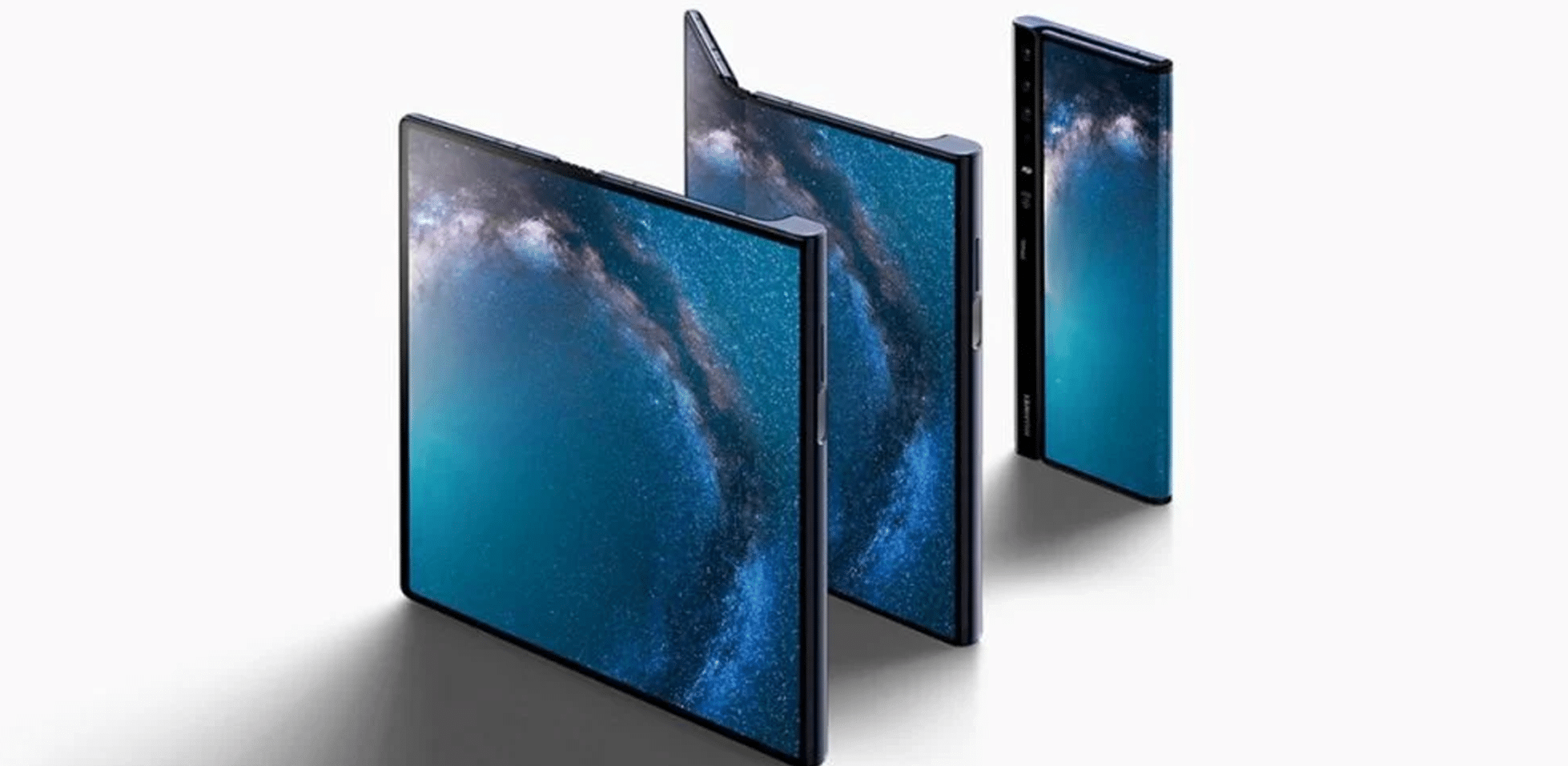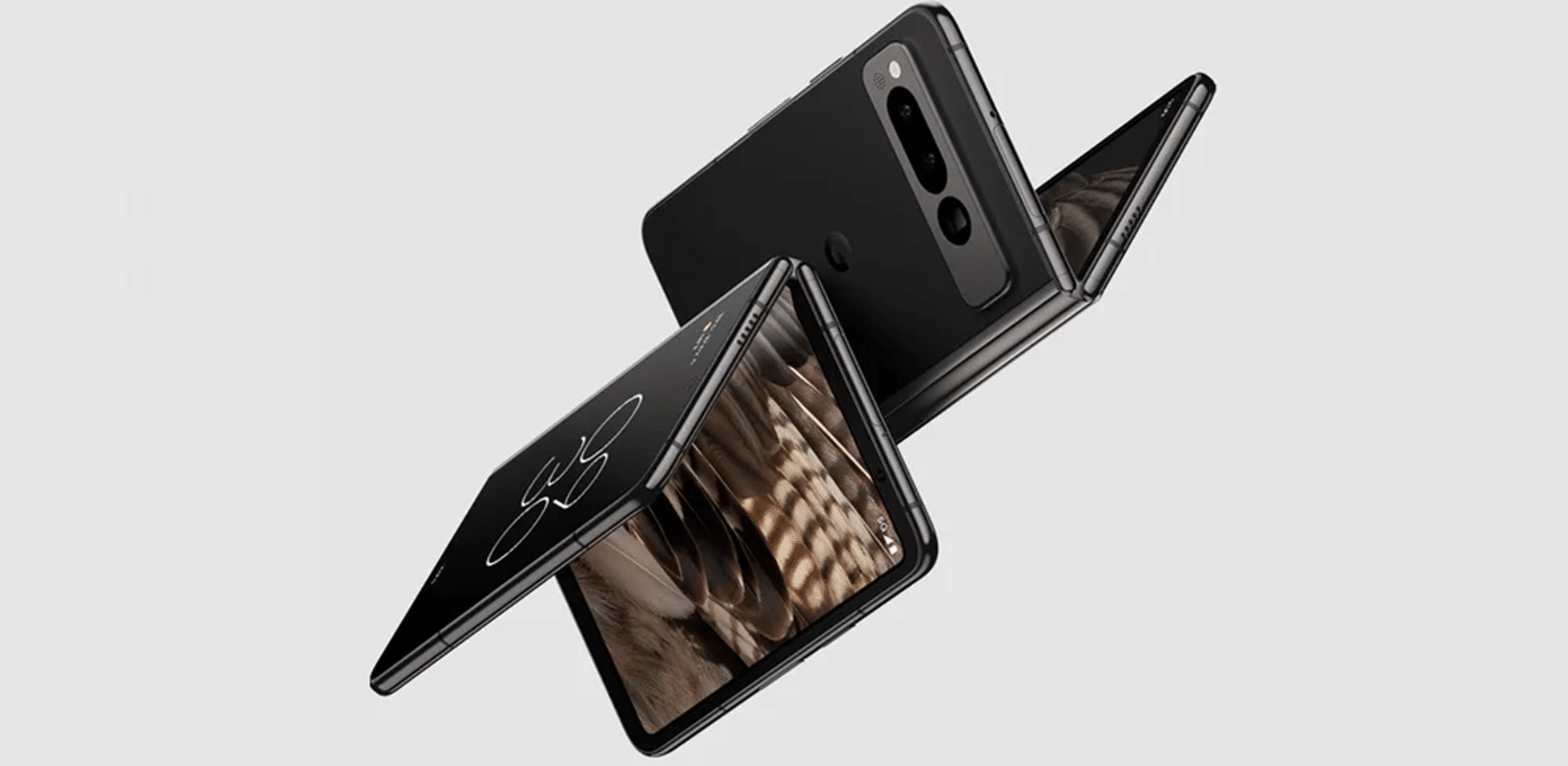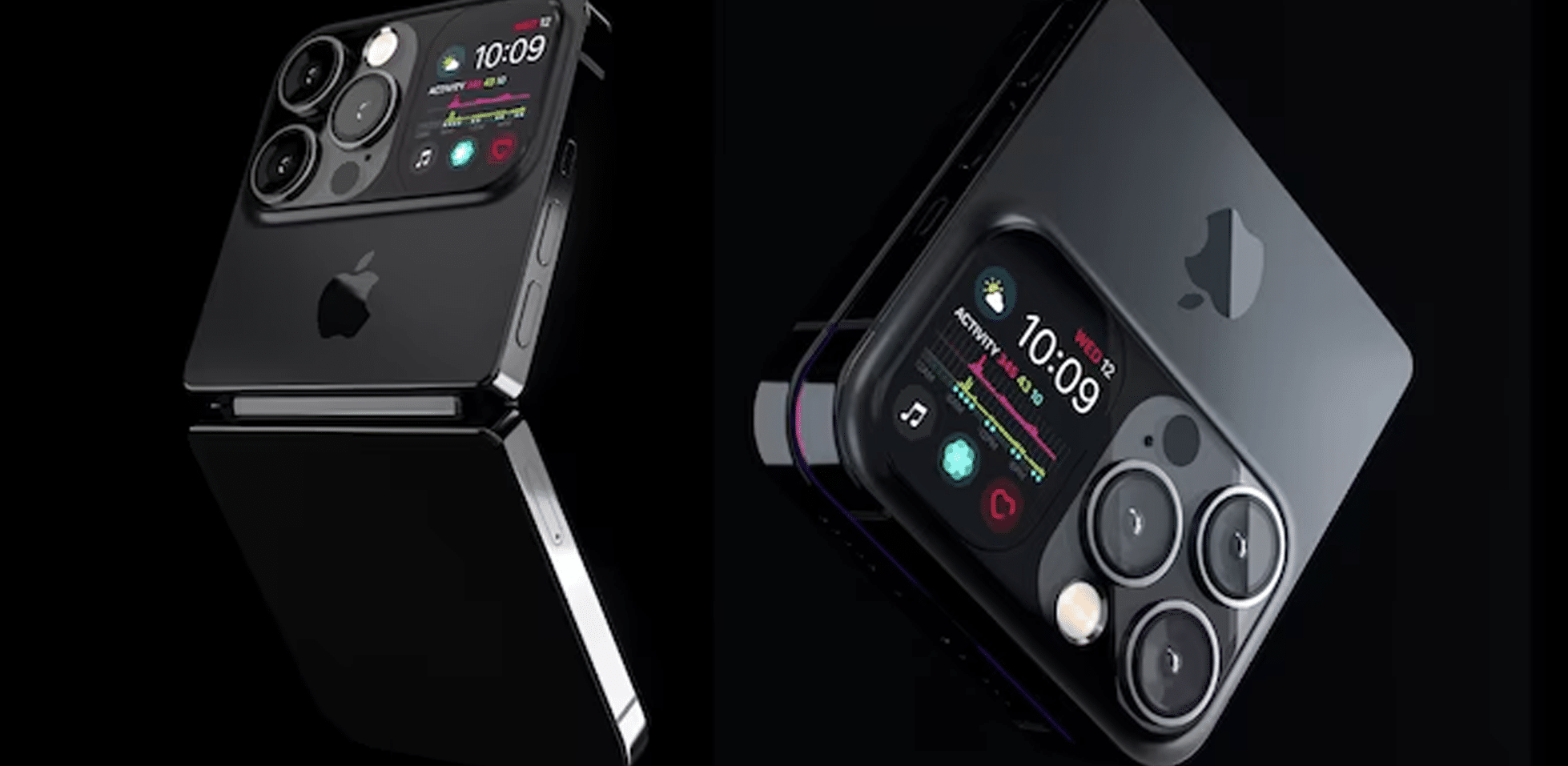The Rise of Foldable Smartphones
A Glimpse into the Future of Mobile Technology
The Rise of Foldable Smartphones
A Glimpse into the Future of Mobile Technology
In the ever-evolving world of mobile technology, foldable smartphones have emerged as one of the most exciting innovations in recent years. Combining cutting-edge engineering with futuristic design, these devices are redefining how users interact with their phones. As major manufacturers invest heavily in foldable technology, the trend is gaining momentum, bringing both challenges and opportunities to the industry.
Why Are Foldable Smartphones Gaining Popularity?
The concept of a foldable smartphone is not entirely new, but recent advancements in display technology, hinge mechanisms, and durable materials have made these devices more practical for everyday use.
Here’s why consumers and manufacturers alike are embracing foldable smartphones:
Larger displays in a compact form, foldable smartphones allow users to enjoy the best of both worlds, a large, immersive display when unfolded and a compact, pocket-friendly design when folded. This flexibility is particularly appealing to professionals, gamers, and content creators who require more screen space without carrying a bulky tablet.
Enhanced Multitasking Capabilities with the ability to run multiple applications simultaneously, foldable smartphones boost productivity. Many models feature split-screen functionality, enabling users to browse the web while taking notes or watch videos while responding to messages.
Aesthetic and Technological Innovation. Foldable phones stand out as premium devices, offering a sense of exclusivity and innovation. As manufacturers refine hinge mechanisms and introduce ultra-thin glass, the durability and usability of these phones continue to improve, making them a compelling choice for tech enthusiasts.
Several smartphone manufacturers have entered the foldable arena, each bringing unique designs and features:

Samsung
A pioneer in foldable technology with its Galaxy Z Fold and Z Flip series, Samsung continues to push boundaries with flexible OLED displays and enhanced durability.

Huawei
With models like the Mate X series, Huawei is integrating foldable designs with powerful hardware, creating a seamless user experience.

The Pixel Fold introduces Google’s take on foldable technology, leveraging Android’s native software enhancements for foldable screens.

Apple (Upcoming)
Speculations suggest Apple is developing its first foldable iPhone, expected to arrive by 2026, which could further revolutionise the industry.
Challenges and Future Outlook
While foldable smartphones offer numerous advantages, there are still hurdles to overcome:
Durability Concerns
The hinge mechanisms and flexible displays are prone to wear and tear, requiring manufacturers to enhance long-term reliability.
Higher Price Points
Foldable smartphones remain more expensive than traditional models, making them less accessible to the mass market.
Software Optimisation
Developers need to optimise apps for foldable screens to fully utilise the unique form factors and improve user experience.
Despite these challenges, the future of foldable smartphones looks promising. With continuous advancements in display materials, battery efficiency, and software integration, foldable technology is set to become a mainstream choice in the coming years.
Foldable smartphones represent the next frontier in mobile innovation, offering users unprecedented flexibility and immersive experiences. As manufacturers refine their designs and bring down costs, these futuristic devices could soon become the new standard in the smartphone industry.